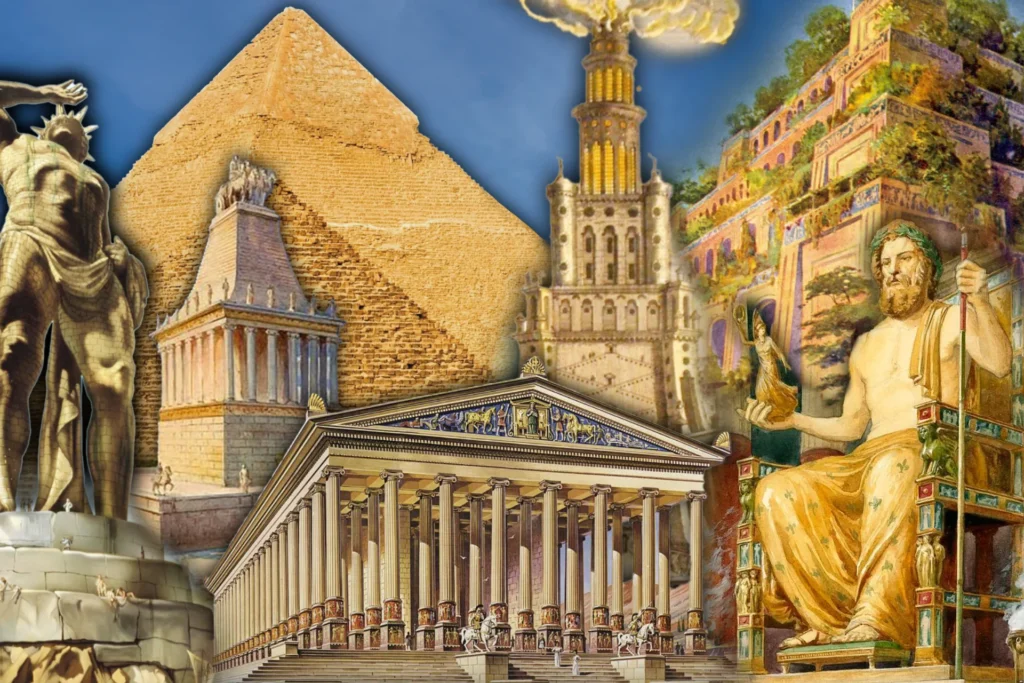From the towering pyramids of Egypt to the intricate ruins of Machu Picchu, the world is adorned with awe-inspiring remnants of ancient civilizations. These historical wonders not only stand as testaments to human ingenuity and creativity but also serve as windows into the past, offering glimpses of bygone eras and lost cultures. Join us on a journey through time as we explore some of the most captivating ancient sites the world has to offer.
Unraveling the Mysteries
The Great Pyramid of Giza, Egypt
Standing majestically on the Giza Plateau, the Great Pyramid is a symbol of ancient Egypt’s architectural prowess. Built over 4,500 years ago as a tomb for Pharaoh Khufu, its construction remains a marvel of engineering, with each massive stone precisely cut and meticulously aligned.
Machu Picchu, Peru
Nestled high in the Andes Mountains, Machu Picchu is a testament to the advanced civilization of the Inca Empire. Its precise construction, intricate stone masonry, and stunning mountain backdrop have captivated visitors for centuries, earning it a place as one of the New Seven Wonders of the World.
The Colosseum, Italy
A symbol of ancient Rome’s grandeur, the Colosseum stands as the largest amphitheater ever built. Constructed in the first century AD, it once hosted gladiatorial contests, chariot races, and other spectacles, drawing crowds of up to 80,000 spectators.
Preserving the Past
As guardians of our shared heritage, it is imperative that we work diligently to preserve these ancient sites for future generations. Through conservation efforts, archaeological research, and sustainable tourism practices, we can ensure that these historical wonders continue to inspire and educate for centuries to come.
Final Words

Exploring the world’s ancient sites is not just a journey through time, but an opportunity to connect with our collective human story. From the pyramids of Egypt to the temples of Angkor Wat, each site offers a glimpse into the ingenuity, creativity, and resilience of past civilizations. As we marvel at these historical wonders, let us also remember our responsibility to protect and preserve them for generations to come.
FAQs (Frequently Asked Questions)
1. How were ancient sites built?
Ancient sites were built using a variety of techniques and materials, depending on the civilization and the resources available. Many employed advanced engineering skills, precise craftsmanship, and labor-intensive methods to create monumental structures that have stood the test of time.
2. Why are ancient sites important?
Ancient sites are important because they provide insights into the lives, beliefs, and achievements of past civilizations. They serve as cultural landmarks, educational resources, and sources of inspiration, fostering an appreciation for human history and heritage.
3. Are ancient sites still being discovered?
Yes, new ancient sites are still being discovered around the world, thanks to advancements in technology and ongoing archaeological research. These discoveries contribute to our understanding of the past and often reveal previously unknown aspects of ancient civilizations.
4. How can I visit ancient sites responsibly?
When visiting ancient sites, it’s important to respect local regulations, avoid damaging fragile structures, and refrain from removing artifacts or defacing monuments. Choosing responsible tour operators and supporting sustainable tourism initiatives can also help minimize negative impacts on these precious sites.
5. What can I do to support the preservation of ancient sites?
You can support the preservation of ancient sites by raising awareness about their importance, donating to organizations dedicated to conservation efforts, volunteering for archaeological projects, and advocating for policies that prioritize cultural heritage protection.













